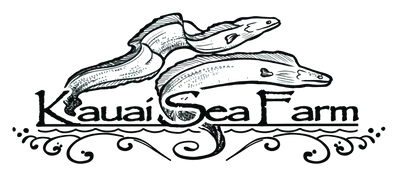Nearshore Sensor Observations : Archive : Nomilo Fishpond, Kauaʻi
This site has been decommissioned and is no longer collecting new data.
NOTE: Click on the plot below for data at a specific time.
NOTE: This instrument does not report in real-time. New data are retrieved periodically.
start date: : temperature: wave height: wind: rain: currents: site:
Disclaimer: Near real-time data have not been quality controlled.
Disclaimer: Data are released in compliance with real-time quality control standards.
Disclaimer: Real-time data are provided as raw and unaltered. Results of quality control checks are provided within the data set.
This nearshore sensor (nss_wqspp_009) operated for about 10 months between September 22, 2021 and July 12, 2022. It was located within Nomilo Fishpond on the south shore of Kalāheo, Kauaʻi in the State of Hawaiʻi. Mounted at 0.8 meters of depth, the sensor package was rotated irregularly between four separate locations within the fishpond. Data were collected every 15 minutes.

Photo of the instrument ready for deployment at the fishpond. Credit: PacIOOS/Simon Ellis.
The PacIOOS Water Quality Sensor Partnership Program (WQSPP) supports scientists and natural resource managers to collect water quality data in order to inform research, conservation, planning, and resource management projects in the U.S. Insular Pacific region. Comprised of a network of “roving” water quality nearshore sensors, the WQSPP provides participating partners with sensors, data management, and technical capacity-building to allow for robust data collection.
As part of the WQSPP, Kauaʻi Sea Farm deployed this nearshore sensor to assist with spatial planning and optimization of aquaculture activities and to determine potential impacts of these activities on the aquatic environment of the fishpond. The fishpond is a naturally-formed resource within an ancient volcanic caldera and has a centuries-long history of food production. However, it has been underutilized in the past 100 years and is undergoing a renaissance. To reduce excessive phytoplankton and prevent oxygen depletion events, the seawater channel between the pond and ocean has been restored and shellfish farming has been introduced. A research project is also expected to introduce native sea cucumber aquaculture to better cycle nutrients along the pond bottom. The nearshore sensor is owned and maintained by PacIOOS under the supervision of Dr. Margaret McManus and lab.








